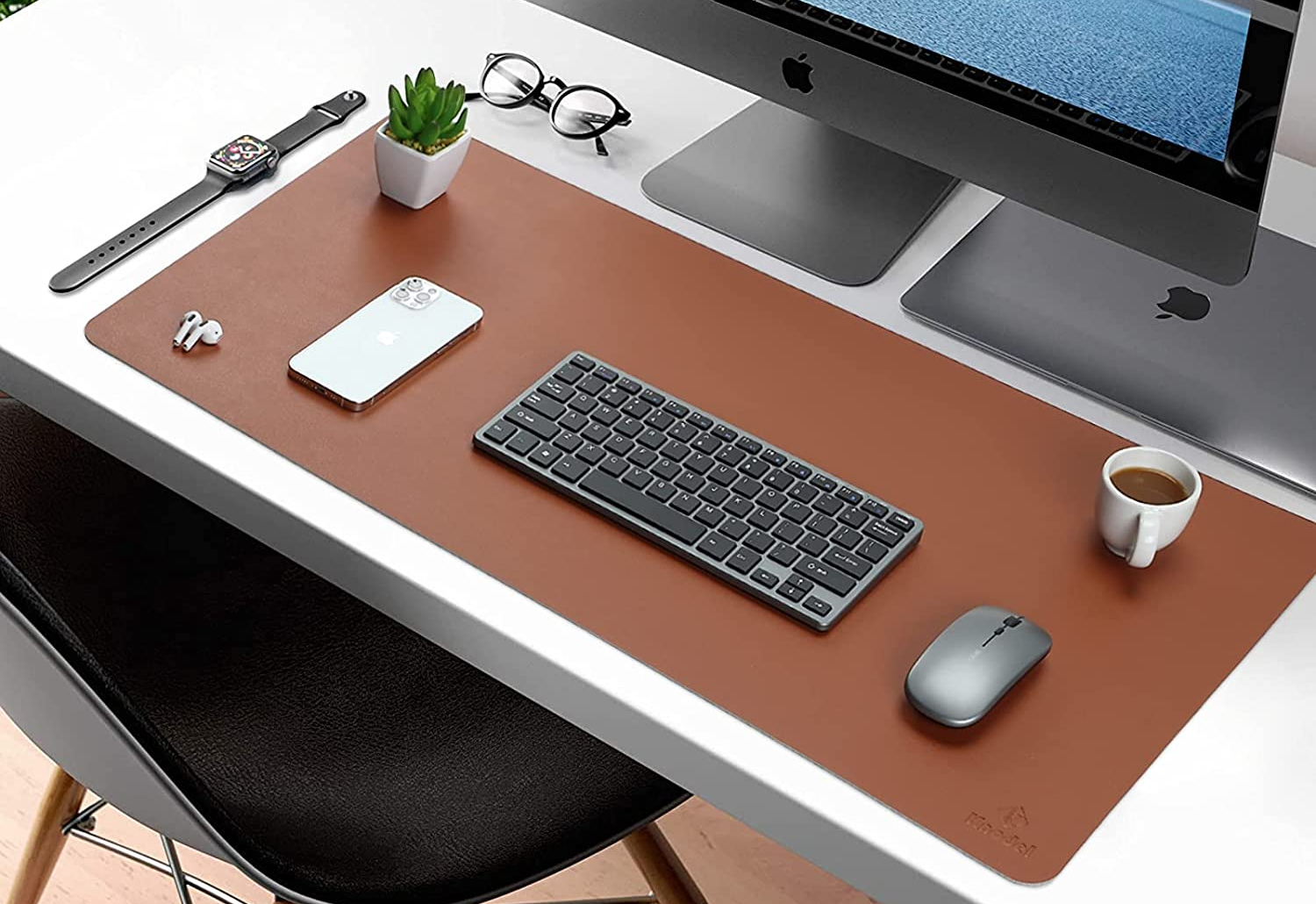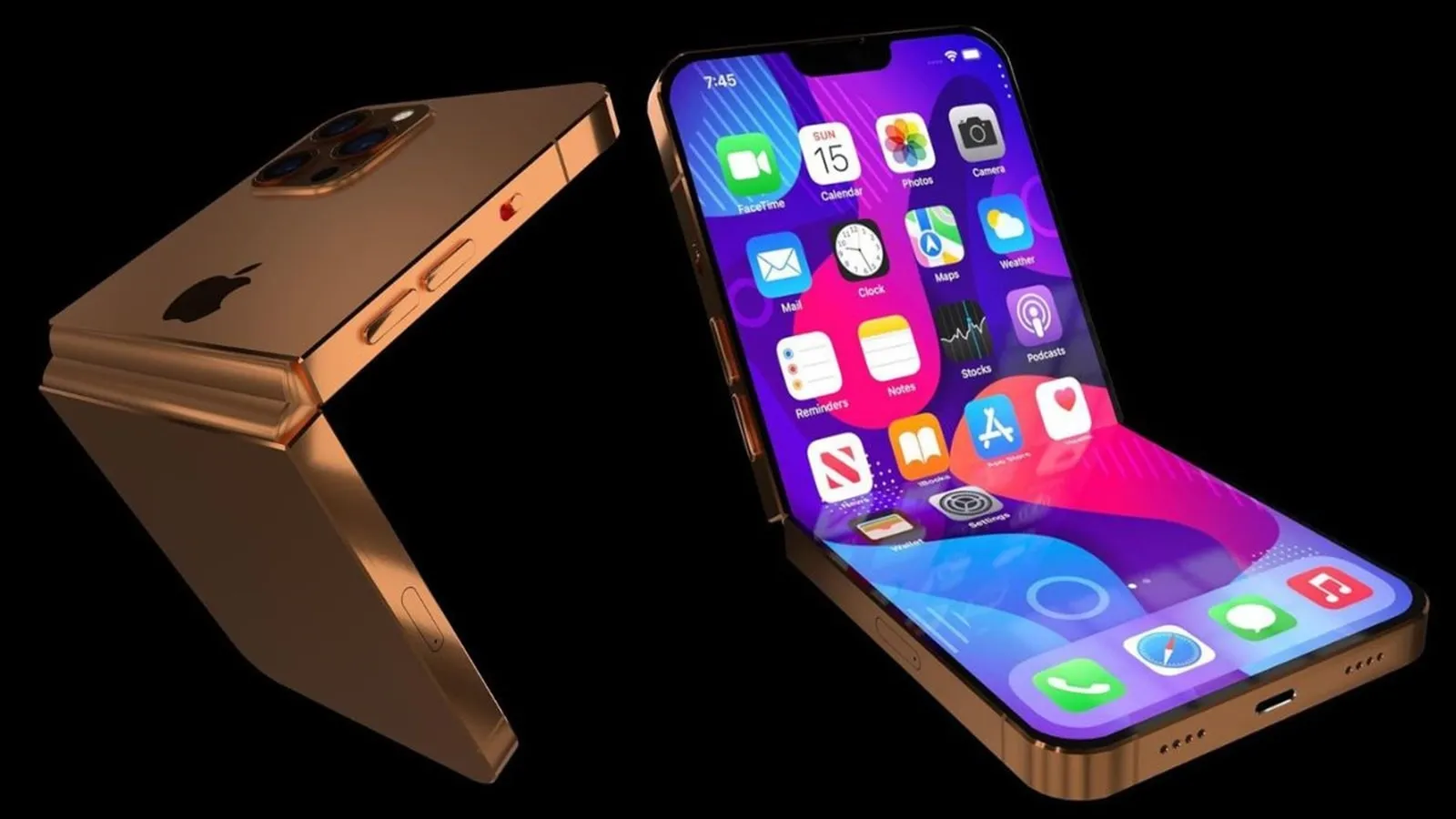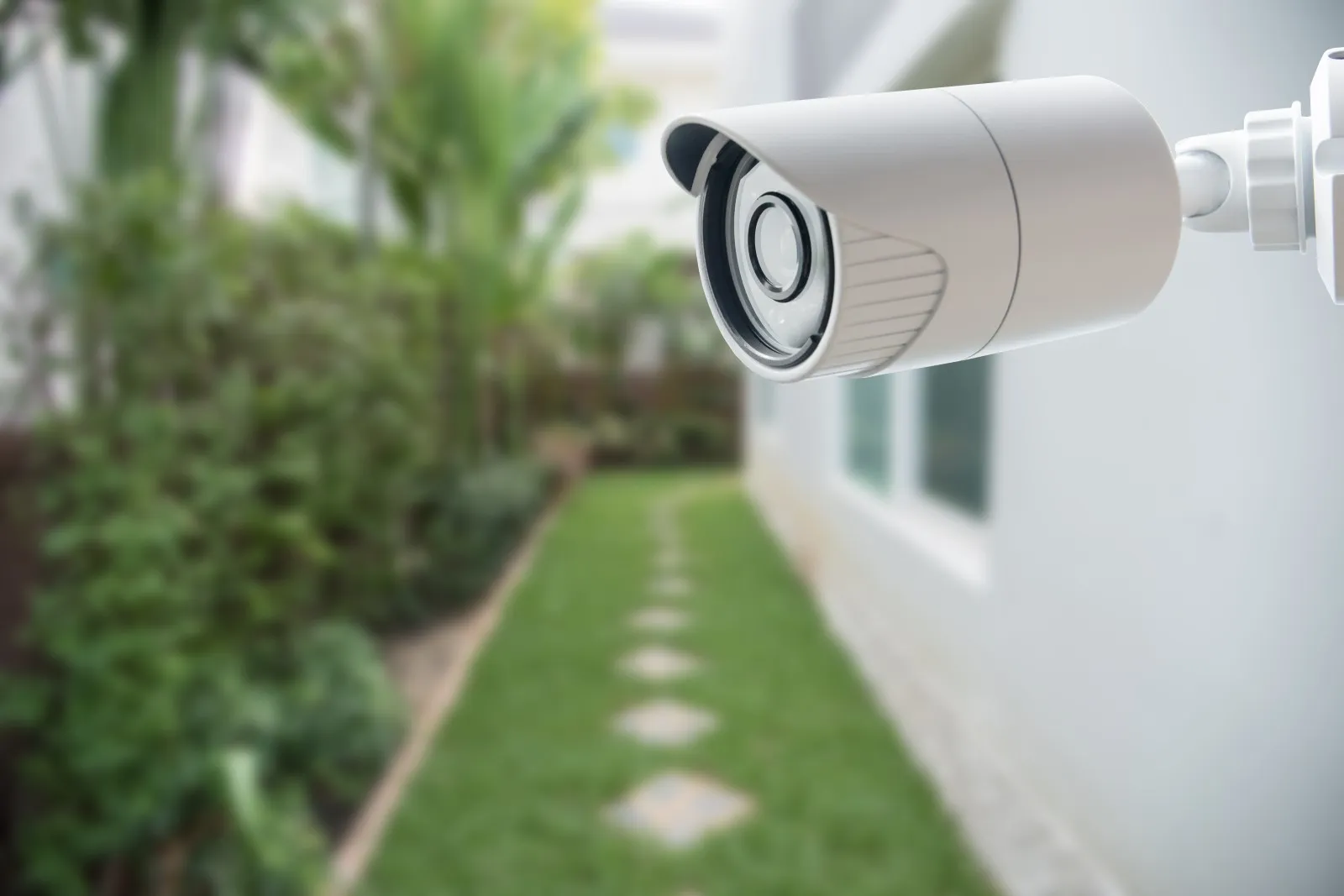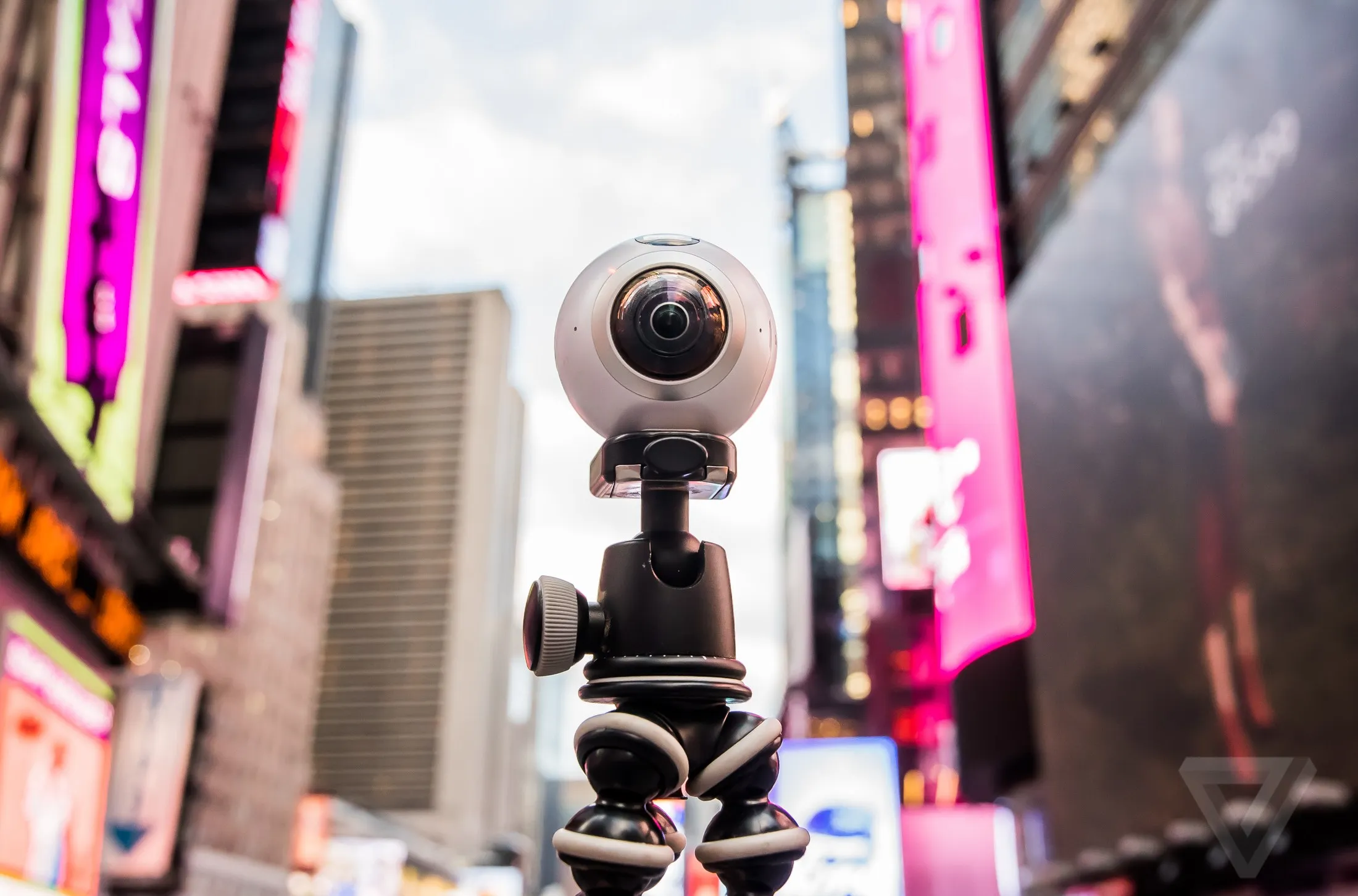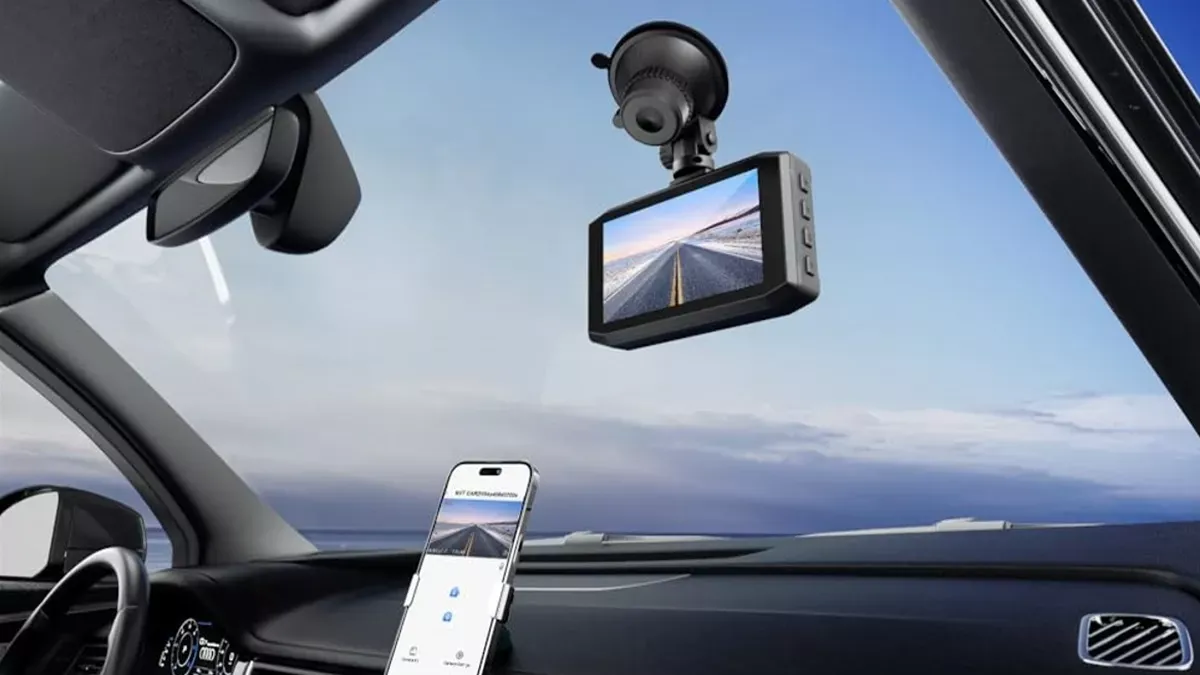Working from home has become a big part of my life. After getting backaches and sore wrists, I knew I needed to make my workspace better. Today, I want to share what I learned about ergonomic home office equipment that helped me feel better while working.
Best Ergonomic Gadgets for Home Office Setup
When I first started working from home, I used my kitchen table and a regular chair. Big mistake! My back hurt every day. Now I know better. The right ergonomic tools for remote work make a huge difference. Let me show you what worked for me.
Best Ergonomic Chairs for Comfortable Working
My first big change was getting a proper chair. A good office chair with lumbar support is worth every penny. I picked one with:
- Adjustable height
- Good back support
- Armrests I could move
- Breathable material
This chair helped my back pain go away in just two weeks! When you sit for 8 hours, your chair matters a lot.
Standing Desks That Changed My Workday
Sitting all day isn't good, even in a nice chair. That's why I got a height-adjustable standing desk. I can switch between sitting and standing with a button press.
I stand for about 2 hours each day, usually after lunch when I feel sleepy. Standing wakes me up and keeps my legs from getting stiff. Some desks even remind you when to stand up!
Keyboard Solutions for Wrist Pain Relief
My wrists used to hurt after typing all day. A split ergonomic keyboard fixed this problem for me. These keyboards look weird at first, but they keep your hands in a more natural position.
I also added a soft wrist rest pad that supports my hands while typing. Together with the keyboard, my wrist pain is gone completely.
Mouse Alternatives for Reduced Hand Strain
Regular mice can cause hand strain over time. I switched to a vertical ergonomic mouse that lets my hand rest in a handshake position. It felt strange for the first few days, but now I can't go back to a regular mouse.
For design work, I sometimes use a trackball mouse where I just move my thumb, not my whole hand.
Budget-Friendly Ergonomic Upgrades
Not everyone can buy expensive gear all at once. Here are some cheaper fixes that helped me:
Monitor Risers and Laptop Stands
A simple monitor stand put my screen at eye level, so I didn't need to look down all day. This cost me under $30 but helped my neck pain right away.
For laptop users, a laptop stand does the same thing. It lifts your screen higher so you're not hunching over.
Affordable Footrests for Better Posture
Sometimes my feet wouldn't reach the floor properly with my chair adjusted correctly. A foot rest under desk solution helped fix my sitting position. Some are adjustable, but even a firm cushion works well.
DIY Ergonomic Hacks That Work
Before buying fancy equipment, I tried some free fixes:
- Used a rolled-up towel for lumbar support
- Put books under my monitor to raise it
- Set timers to remind me to stand up and stretch
- Adjusted my chair height using cushions
These simple changes helped while I saved for better equipment.
Tech Gadgets for Workspace Comfort
Some high-tech options made my workspace even better:
Blue Light Blocking Solutions
Looking at screens all day strained my eyes. Blue light filtering glasses reduced my eye fatigue and headaches. Many computers also have built-in blue light filter settings you can turn on for free.
Smart Lighting for Eye Comfort
Good lighting matters more than I realized. I added a desk lamp with adjustable brightness that changes from cool to warm light. In the morning, I use brighter, cooler light. In the afternoon, I switch to warmer light that's easier on my eyes.
Maintaining Health While Working From Home
Gadgets help, but movement matters too:
Taking Breaks with Timer Apps
I use a free work break reminder app that follows the 20-20-20 rule: every 20 minutes, look at something 20 feet away for 20 seconds. This simple habit reduced my eye strain a lot.
Simple Stretches at Your Desk
Between meetings, I do quick desk stretches for office workers. Just reaching up, turning side to side, and rolling my shoulders keeps my body from getting stiff.
FAQs About Ergonomic Home Office Setup
What's the most important ergonomic item for a home office? From my experience, a good chair is the foundation. Start there if you have limited money to spend.
How long does it take to get used to an ergonomic keyboard? It took me about 1-2 weeks to feel comfortable. Typing was slower at first but worth the adjustment period.
Can ergonomic equipment really help with pain? Yes! My back and wrist pain improved dramatically after switching to proper ergonomic gear.
Do I need to buy everything at once? Not at all. Start with what bothers you most. For me, that was my chair, then keyboard, then monitor position.
Are standing desks worth the cost? For me, yes. But you can try a cardboard box on your regular desk first to see if you like standing while working.
How often should I switch positions when working? I try to change something every 30-45 minutes, even if it's just standing up for a quick stretch.
Finding the right ergonomic accessories for home workspace took some trial and error, but my body feels so much better now. The best setup is one that you actually use and that makes you feel good while working. Start small, listen to your body, and make changes that work for your space and budget.


